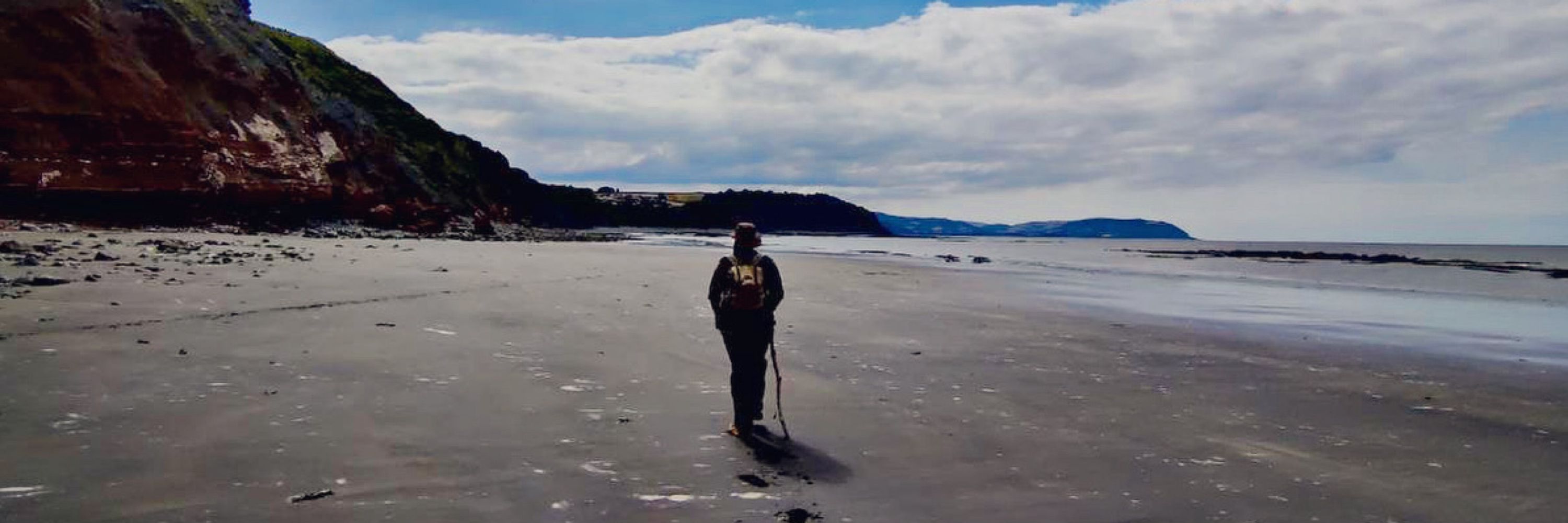
🌿- 🦕- 🦖



May be of interest if you’re curious about the feeding morphology & ecology of Permian predators like Inostrancevia & Dimetrodon


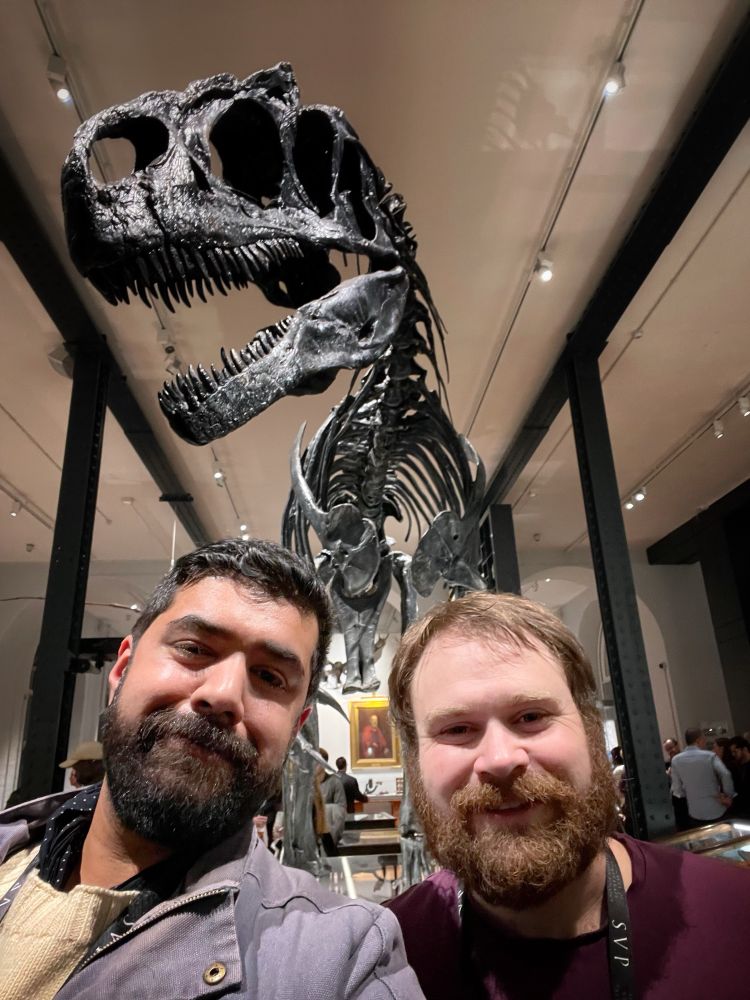


@uniofleicester.bsky.social bosses plan to dissolve the #EarthSciences dept. & entirely AXE the Centre for Palaeobiology & Biosphere Evolution & ALL of its academic staff.
Please sign the petition to help halt these plans ✍️⬇️
c.org/8wDkwRBsgp

@uniofleicester.bsky.social bosses plan to dissolve the #EarthSciences dept. & entirely AXE the Centre for Palaeobiology & Biosphere Evolution & ALL of its academic staff.
Please sign the petition to help halt these plans ✍️⬇️
c.org/8wDkwRBsgp
amdunhill.co.uk/2025/11/17/n...
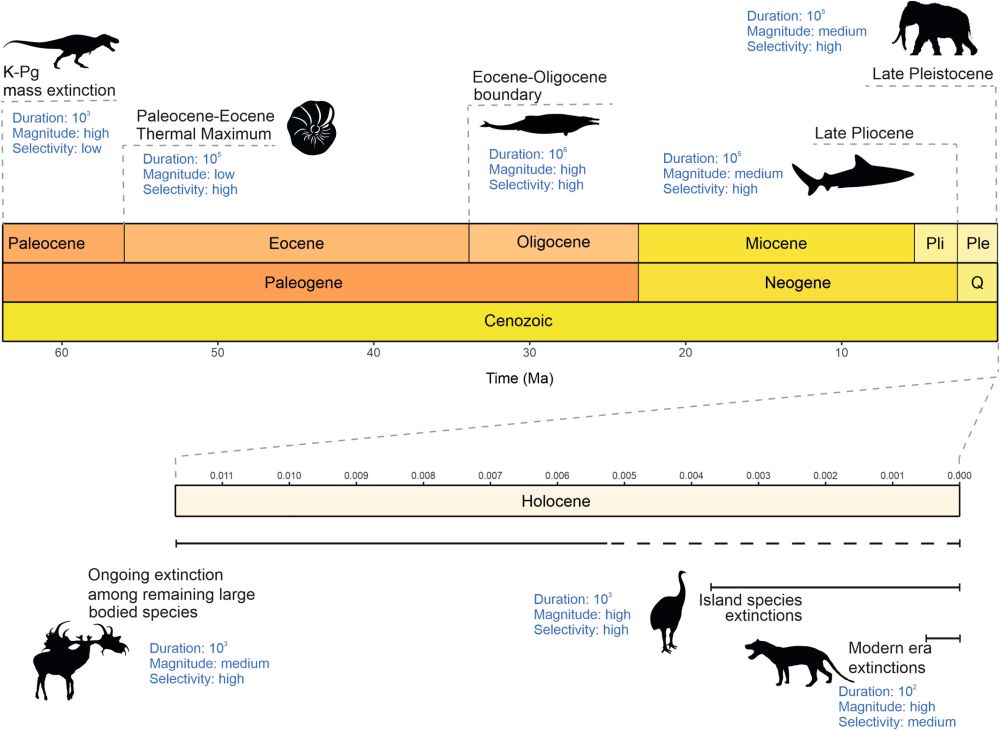
amdunhill.co.uk/2025/11/17/n...
#2025SVP #paleontology
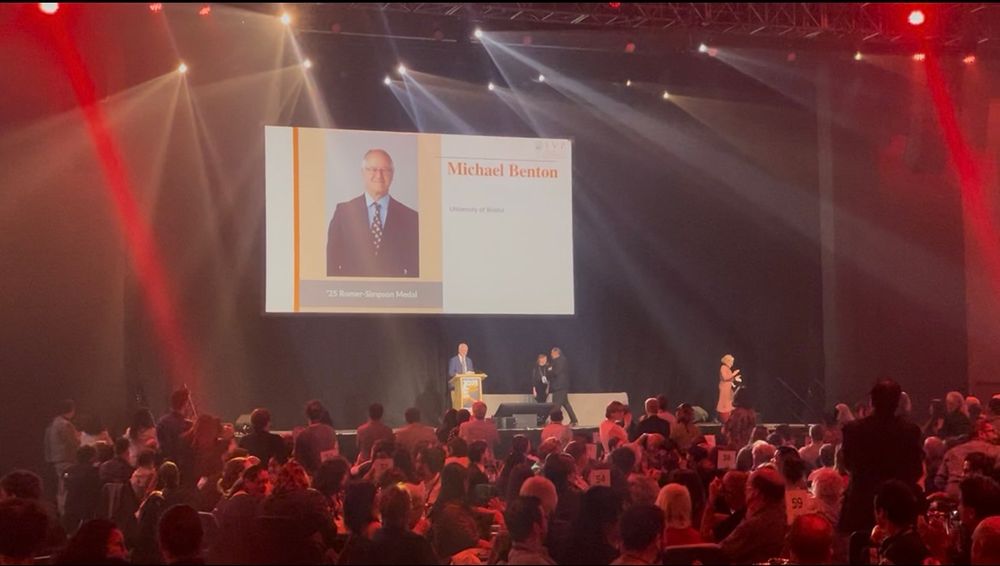
#2025SVP #paleontology
Stop by to see some of the current work at @openuniversity.bsky.social on Amazonian biodiversity, supported by @leverhulme.ac.uk ⬇️
#Paleontology #Science

Stop by to see some of the current work at @openuniversity.bsky.social on Amazonian biodiversity, supported by @leverhulme.ac.uk ⬇️
#Paleontology #Science


#2025SVP

#2025SVP
#Paleontology #Science
royalsocietypublishing.org/doi/10.1098/...
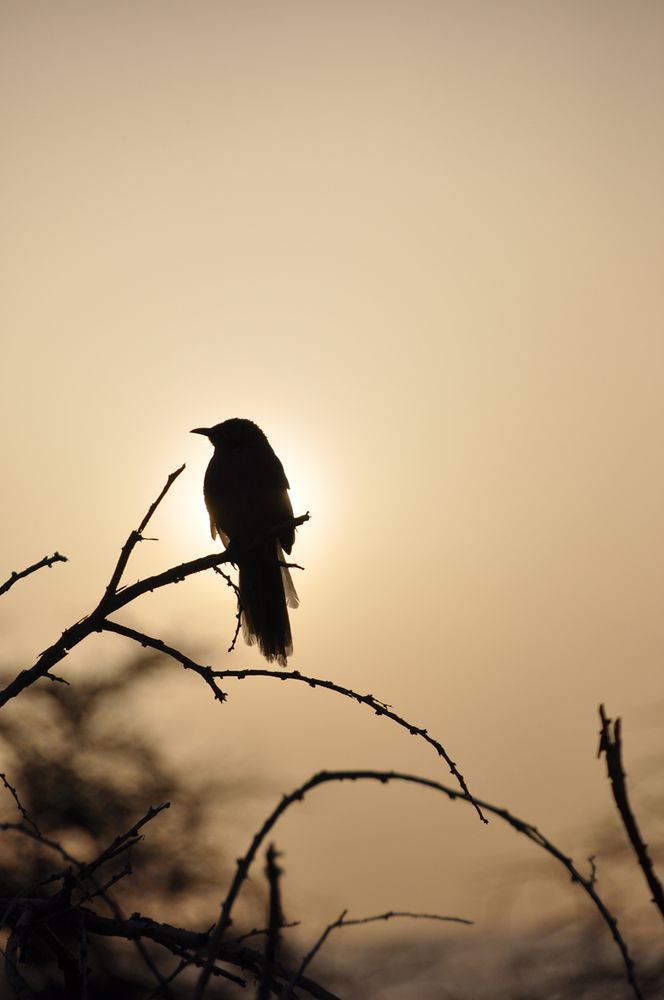
#Paleontology #Science
royalsocietypublishing.org/doi/10.1098/...
@palaeosingh.bsky.social

@palaeosingh.bsky.social

Partnered with @nottswildlife.bsky.social and fully funded by the ACCE+ NERC Doctoral Landscape Award.
We will look at morphological trait evolution, isolation and environment change, and rewilding of large herbivores.
#evolution #WilderFuture #rewilding #PhD

Partnered with @nottswildlife.bsky.social and fully funded by the ACCE+ NERC Doctoral Landscape Award.
We will look at morphological trait evolution, isolation and environment change, and rewilding of large herbivores.
#evolution #WilderFuture #rewilding #PhD

#Paleontology #Science #Dinosaurs
🧵 1/

#Paleontology #Science #Dinosaurs
🧵 1/
Zanno & Napoli support Nanotyrannus as a true genus & not a juvenile #Tyrannosaurus rex 🦖
Final paper still a little way off yet, but the manuscript is live ⬇️
#Dinosaurs #Paleontology #Science
www.nature.com/articles/s41...
Zanno & Napoli support Nanotyrannus as a true genus & not a juvenile #Tyrannosaurus rex 🦖
Final paper still a little way off yet, but the manuscript is live ⬇️
#Dinosaurs #Paleontology #Science
www.nature.com/articles/s41...


#Paleontology #Science #Cenozoic
🧵1/

#Paleontology #Science #Cenozoic
🧵1/
Great to have another end-Cretaceous fossil fauna from North America! Combined with new analytical methods & approaches, should help us understand what was going on with #dinosaur 🦖 diversity before the asteroid impact ☄️
#paleontology #science
Art: @nataliajagielska.bsky.social
🔗 www.science.org/doi/10.1126/...

Great to have another end-Cretaceous fossil fauna from North America! Combined with new analytical methods & approaches, should help us understand what was going on with #dinosaur 🦖 diversity before the asteroid impact ☄️
#paleontology #science
www.nature.com/articles/s41...

www.nature.com/articles/s41...
More erect hindlimb postures help extant gators support their weight (esp. at ankle), & how these mechanics constrained giant Deinosuchus to a slow walk at best!
The paper-- www.science.org/doi/10.1126/...

More erect hindlimb postures help extant gators support their weight (esp. at ankle), & how these mechanics constrained giant Deinosuchus to a slow walk at best!
The paper-- www.science.org/doi/10.1126/...
Join our growing #palaeobiology research group at @openuniversity.bsky.social!
See below for more project & application info ⬇️
We’re looking for a student to study the co-evolution of insects & angiosperms in the Amazon using a multi-species mechanistic model.
🔗 centa.ac.uk/studentship/...
#Evolution #Biodiversity #NERC #CENTA
Join our growing #palaeobiology research group at @openuniversity.bsky.social!
See below for more project & application info ⬇️



